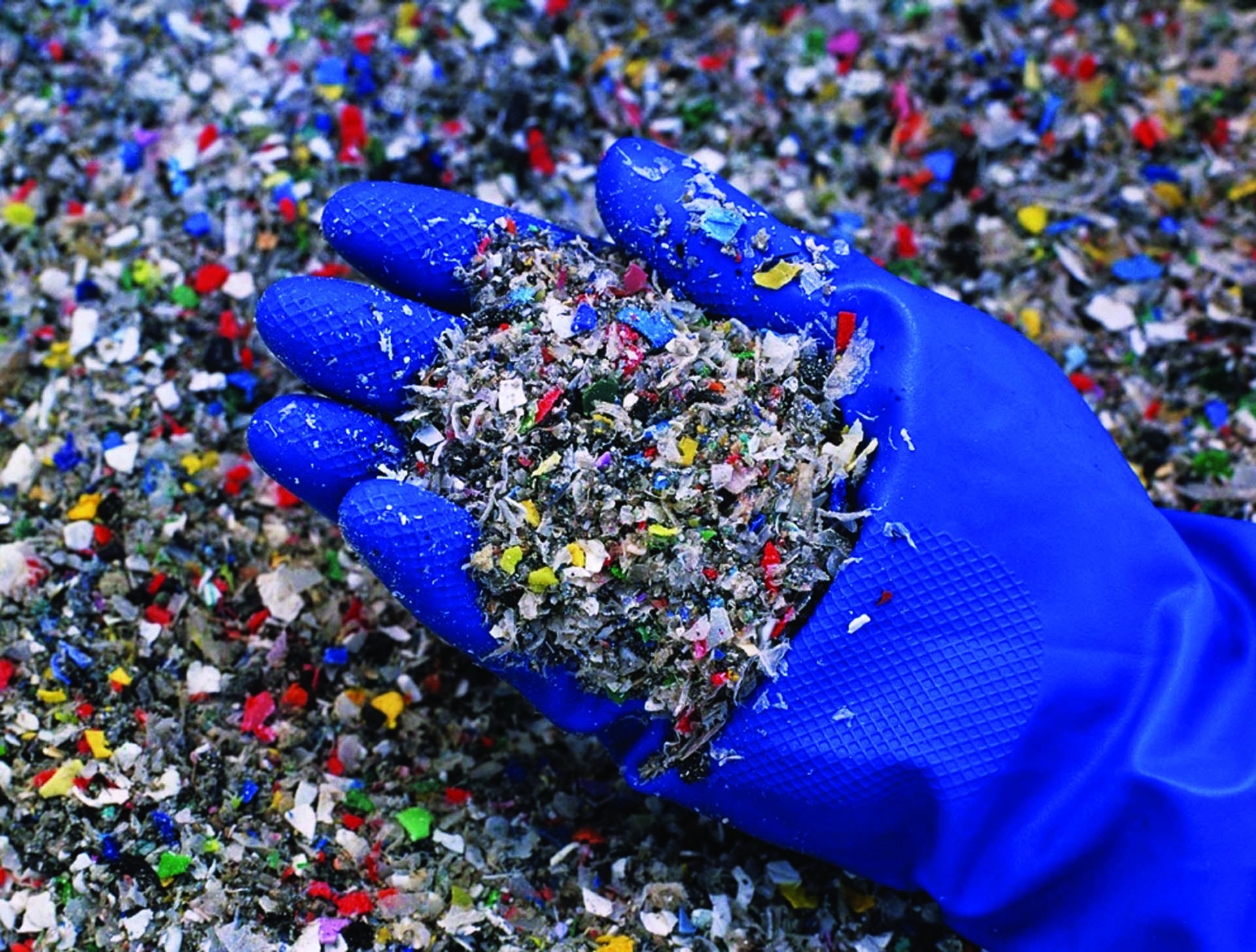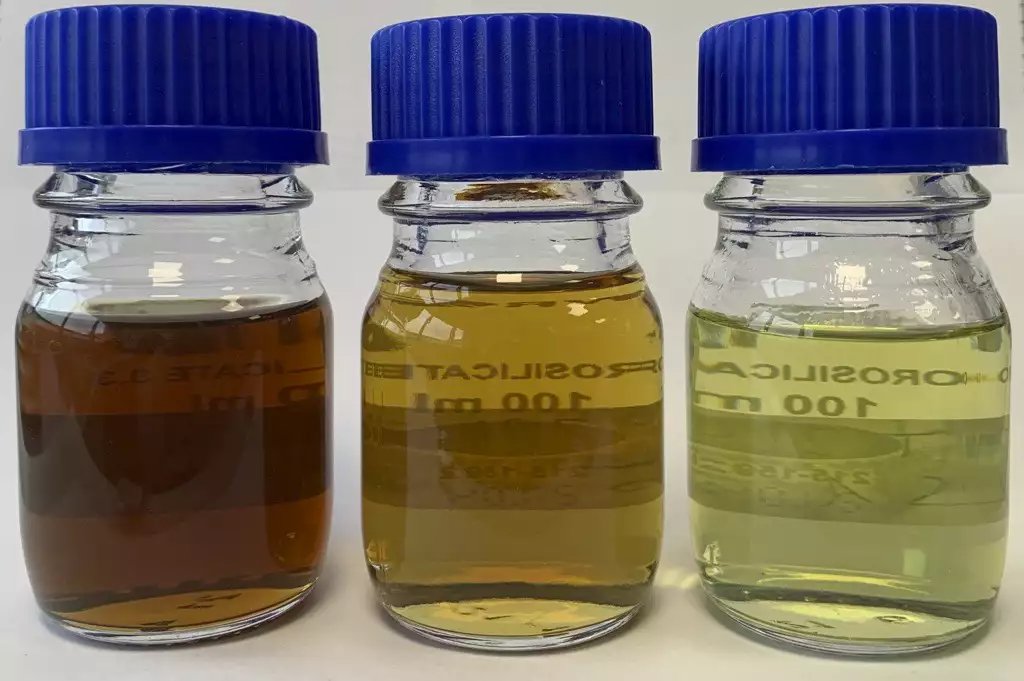In an era where sustainability is paramount, innovative methods for waste management are crucial. Thermal pyrolysis stands out as a promising technology, offering a sustainable solution for waste utilization. By converting waste materials into valuable resources such as biochar, bio-oil, and syngas, thermal pyrolysis presents an opportunity to mitigate environmental pollution while generating renewable energy. This article explores the principles, applications, and environmental benefits of pyrolysis oil plant in waste management.

Understanding Thermal Pyrolysis:
Thermal pyrolysis is a thermochemical process that involves the decomposition of organic materials in the absence of oxygen at high temperatures. Typically conducted in a reactor, the process breaks down complex molecules into simpler compounds through heating, yielding various useful products. The absence of oxygen prevents complete combustion, leading to the formation of biochar, bio-oil, and syngas. The pyrolysis machine cost is related to the technology.
Principles of Thermal Pyrolysis:
The process of thermal pyrolysis follows several key principles:
Heat Transfer: Heat is transferred to the waste material, initiating the decomposition process.
Volatilization: Organic compounds in the waste material vaporize under high temperatures, forming volatile gases.
Condensation: The volatile gases undergo cooling and condensation, leading to the formation of bio-oil.
Char Formation: Residual carbonaceous material, known as biochar, remains after the volatile components are removed.
Syngas Generation: The non-condensable gases produced during pyrolysis, primarily hydrogen and carbon monoxide, constitute syngas.

Applications of Thermal Pyrolysis:
Thermal pyrolysis finds applications across various sectors, including:
Municipal Solid Waste Management: Thermal pyrolysis offers an efficient solution for treating municipal solid waste, converting it into valuable products such as biochar and bio-oil.
Agricultural Waste Conversion: Agricultural residues like crop residues and animal manure can be converted into biochar through pyrolysis, which can then be used as a soil amendment or for carbon sequestration.
Plastic Recycling: Pyrolysis can break down plastic waste into useful products such as fuel oil and syngas, providing an environmentally friendly alternative to traditional plastic disposal methods. View a case: pyrolysis plant in Botswana.
Biomass Conversion: Biomass sources like wood chips, sawdust, and agricultural residues can be converted into biochar, bio-oil, and syngas through thermal pyrolysis, offering renewable energy sources and reducing dependency on fossil fuels.
Environmental Benefits:
Thermal pyrolysis offers several environmental benefits:
Waste Diversion: By converting organic waste into valuable resources, thermal pyrolysis reduces the amount of waste sent to landfills, mitigating environmental pollution.
Renewable Energy Production: Bio-oil and syngas produced through pyrolysis can be used as renewable energy sources, reducing reliance on fossil fuels and lowering greenhouse gas emissions.
Soil Improvement: Biochar produced from pyrolysis can be used as a soil amendment, improving soil fertility, water retention, and nutrient absorption while sequestering carbon.
Pollution Reduction: Thermal pyrolysis helps mitigate air, water, and soil pollution by effectively managing and converting various types of waste materials into useful products.
Challenges and Future Perspectives:
Despite its promising potential, thermal pyrolysis faces certain challenges, including high initial investment costs, technical complexities, and the need for efficient waste sorting and pre-processing. However, ongoing research and technological advancements are addressing these challenges, making thermal pyrolysis increasingly viable for widespread adoption.
Conclusion:
Thermal pyrolysis represents a sustainable approach to waste utilization, offering a solution to environmental challenges while generating valuable resources and renewable energy. By harnessing the principles of thermochemical conversion, thermal pyrolysis has the potential to revolutionize waste management practices, paving the way toward a greener and more sustainable future. View more information on this page: https://bestonmachinery.com/vi/.